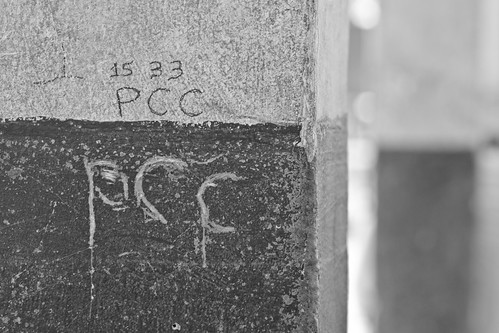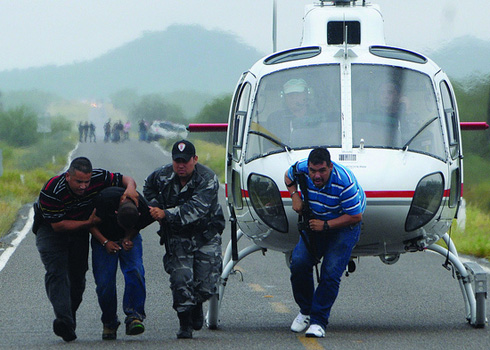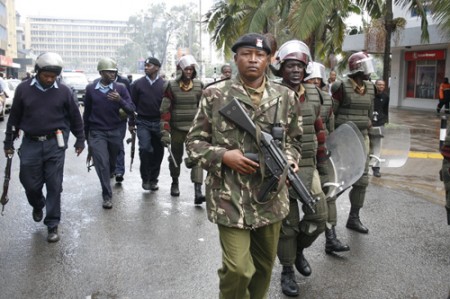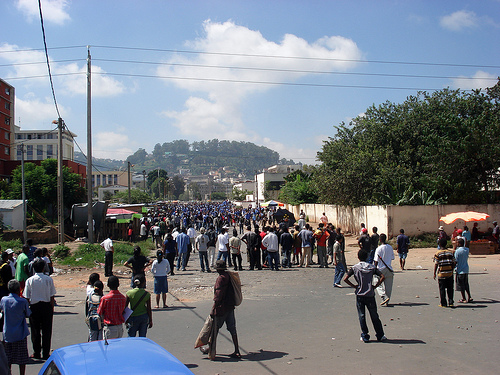
A new social category recently emerged on the security and development landscape–the fragile city. The preoccupation with “fragile” and “failed” cities–at least in military circles–echoes many of the very same anxieties associated with failed and fragile states. Such cities are said to experience ruptures in the social contracts binding governments and citizens and a declining ability to regulate and monopolize legitimate violence across their territories. In extreme cases, municipal governance systems and security apparatus collapse altogether.
The dizzying pace of urbanization in the twenty-first century is believed to exacerbate fragility in large and intermediate cities. The United Nations estimates that the world’s slum population will reach two billion by 2030, accounting for the majority of all future global population growth. A growing cadre of relief and development specialists is also aware how some cities–Ciudad Juárez, Medellín, Karachi, and Tegucigalpa–are synonymous with a new kind of fragility with severe humanitarian implications. While not necessarily affected by armed conflict, these and other urban centers are seized by levels of violence on par with war-torn Abidjan, Benghazi, Damascus, or Mogadishu.




